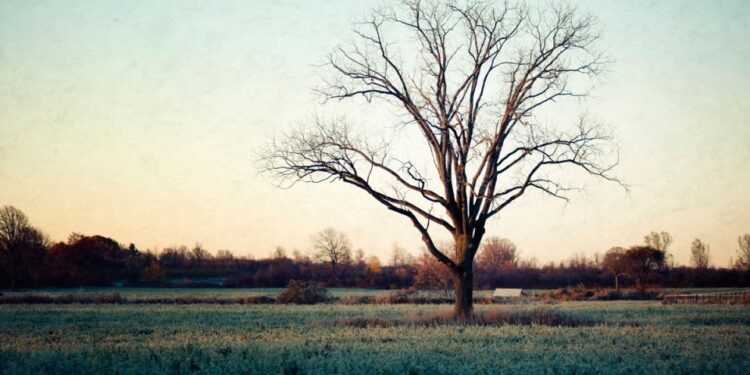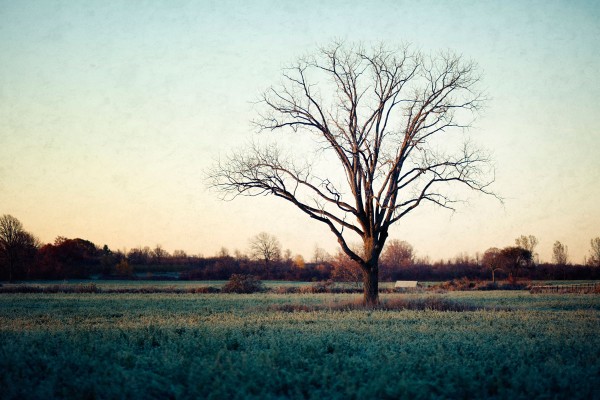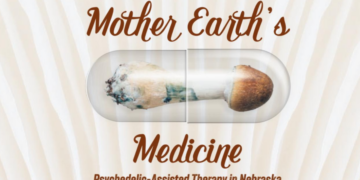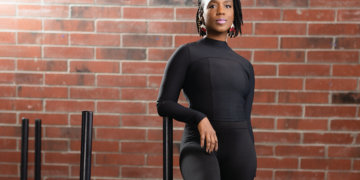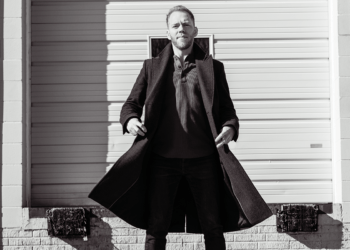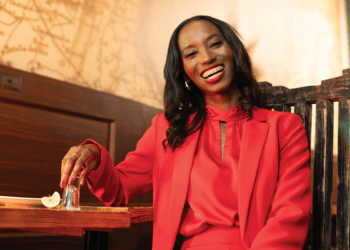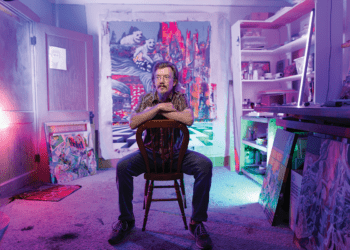I don’t care for winter weather very much. I was raised a Southerner, which makes living in Nebraska a bit of an adventure for me. I’ve been in the Midwest almost longer than anywhere else, and it was very freeing for me to finally realize that “getting used to” Midwestern winters is simply a myth. If you are raised never owning a winter coat, let’s be honest. You will never get used to 4:30 p.m. sunsets,brbelow-zero temperatures, and winds that feel like they are peeling back your skin.
I never heard the term “snowbirds” attached to people before I moved here. But I know I want to be one if I can afford it. All the benefits of living in beautiful Nebraska during warm weather, but no ice and snow in the winter. Sounds perfect.
But truthfully, it really isn’t even the brutal winds or the scary driving that make Nebraska winters challenging for me. It’s the darkness. That going to and getting home from work when it feels like midnight and knowing the only time you really can see the sun is over the weekend. (Well, if it happens to be one of those rare weekends when it all aligns). Because as we all know, there are parts of the winter where we can go for weeks without a break in the clouds. I would never make it in the land of the Midnight Sun. It took me a while to finally connect my winter depression to the lack of daylight. I had always just thought it was because I was a displaced Southerner and wasn’t used to freezing cold for days on end. Or wearing mittens and boots. Discovering that it was actually Seasonal Affective Disorder, or SAD, was incredibly therapeutic in itself. This is something that can be planned for and treated successfully. Doctors treat SAD symptoms with light therapy, medications, or even counseling.
Women are more likely to have SAD, but men have more severe symptoms. For most people, those symptoms start easing in soon after school starts and can weigh on the person until springtime. Those indicators can include feelings of hopelessness, anxiety, oversleeping, weight gain, and cravings for food high in carbohydrates—like pasta and sweets. As I learned, simply being able to identify what’s happening and why was a huge first step in determining a plan of attack.
Those, like me, who know what’s coming as the daylight hours get shorter, can do things year-round to make ourselves more resilient to the onset. Consulting with your physician is the first step, but also doing important things—like establishing regular indoor exercise. If you don’t go to a gym, bundle up and walk outside on days that are tolerable. Invest in a treadmill. Even 10 or 15 minutes of effort helps. The goal is to keep your body moving and awake, so that you don’t ease into four months of sedentary couch sleeping.
Keep healthy food choices in your house. The darker months coincide with the most sugar-filled, comfort-food-laden times of the year as well, so it’s important to treat your body kindly.
While I will never, ever be okay with Nebraska winters—I really am okay with Nebraska. I love living here, and I see this as just something that many of us have to manage.
I can’t leave this without mentioning two very serious warning signs. If ever, at any point, you find yourself turning to alcohol or drugs to self-medicate; or if you find yourself considering suicide, please do not hesitate to see your doctor immediately. If you are in crisis, call 911.


